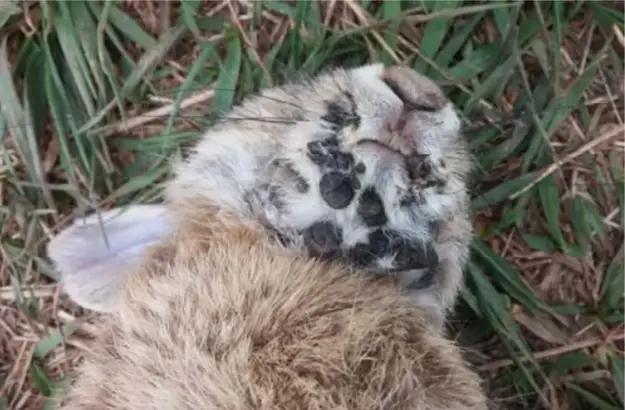T4K3.news
Colorado rabbits grow hornlike growths from a common virus
Wild rabbits in Fort Collins show hornlike growths caused by Shope papillomavirus. The virus is common in wild rabbits and not a threat to humans or pets.
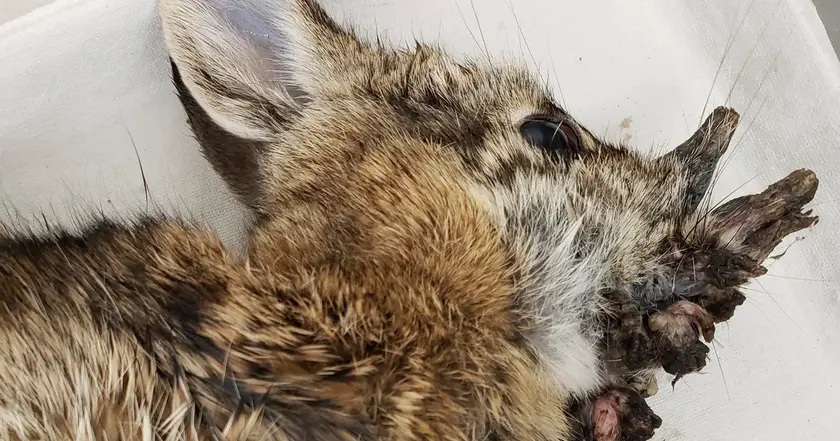
Viral photos of hornlike growths on Colorado rabbits draw attention while scientists say the condition is a common, harmless infection.
Colorado rabbits grow hornlike growths from a common virus
A group of wild rabbits in Fort Collins, Colorado, are infected with Shope papillomavirus, a virus that causes wartlike growths on the face and can resemble horns when they grow longer. The growths are a familiar sight in wild cottontails and are not a threat to people or domestic animals. The virus spreads between rabbits through fleas and ticks and does not jump species.
Wild rabbits often recover as their immune system fights the virus, and the horns disappear over time. Domestic rabbits can experience more severe symptoms and should be checked by a veterinarian. Colorado Parks and Wildlife notes that cases are more common in summer when vectors are most active. The virus was named after Dr. Richard E Shope, who identified it in the 1930s, linking wildlife disease to early virology and cancer research.
Key Takeaways
"These growths are a viral oddity, not a public health crisis."
scientific assessment by wildlife authorities
"Folklore has long loved horned rabbits; science keeps us grounded."
editorial observation
"Public interest in odd wildlife can drive better reporting and awareness."
journalistic takeaway
"The science here is simple a common virus looked strange in photos."
facts recap
The story blends a scientific fact with a bite of folklore. Striking photos can make people imagine jackalope myths, yet the science behind the condition is straightforward and not dangerous to humans. Clear information from authorities helps keep curiosity online without turning into fear.
This is a chance to highlight wildlife health and the value of surveillance. Officials should communicate how the virus spreads among rabbits and why it does not threaten broader health. Covered well, the tale becomes a reminder that science can explain odd wildlife appearances without inflating risk.
Highlights
- Horned rabbits remind us biology beats myth when shown in pictures
- Strange growths spark curiosity not panic
- Science keeps us grounded when folklore runs wild
- Wildlife stories teach calm not hysteria
Public reaction risk around unusual rabbit virus
A striking image of horned rabbits can attract attention and cause fear. Officials should share clear, factual updates to prevent misinformation and unnecessary panic.
Let the science lead the conversation and keep curiosity paired with calm.
Enjoyed this? Let your friends know!
Related News
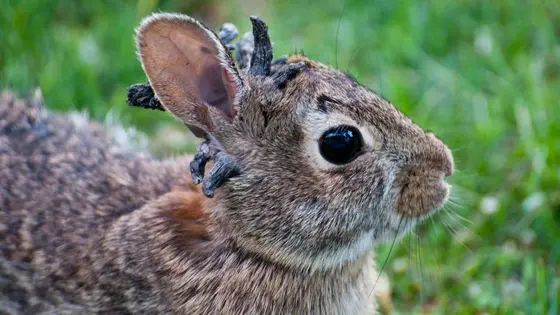
Rabbits with hornlike growths in Colorado
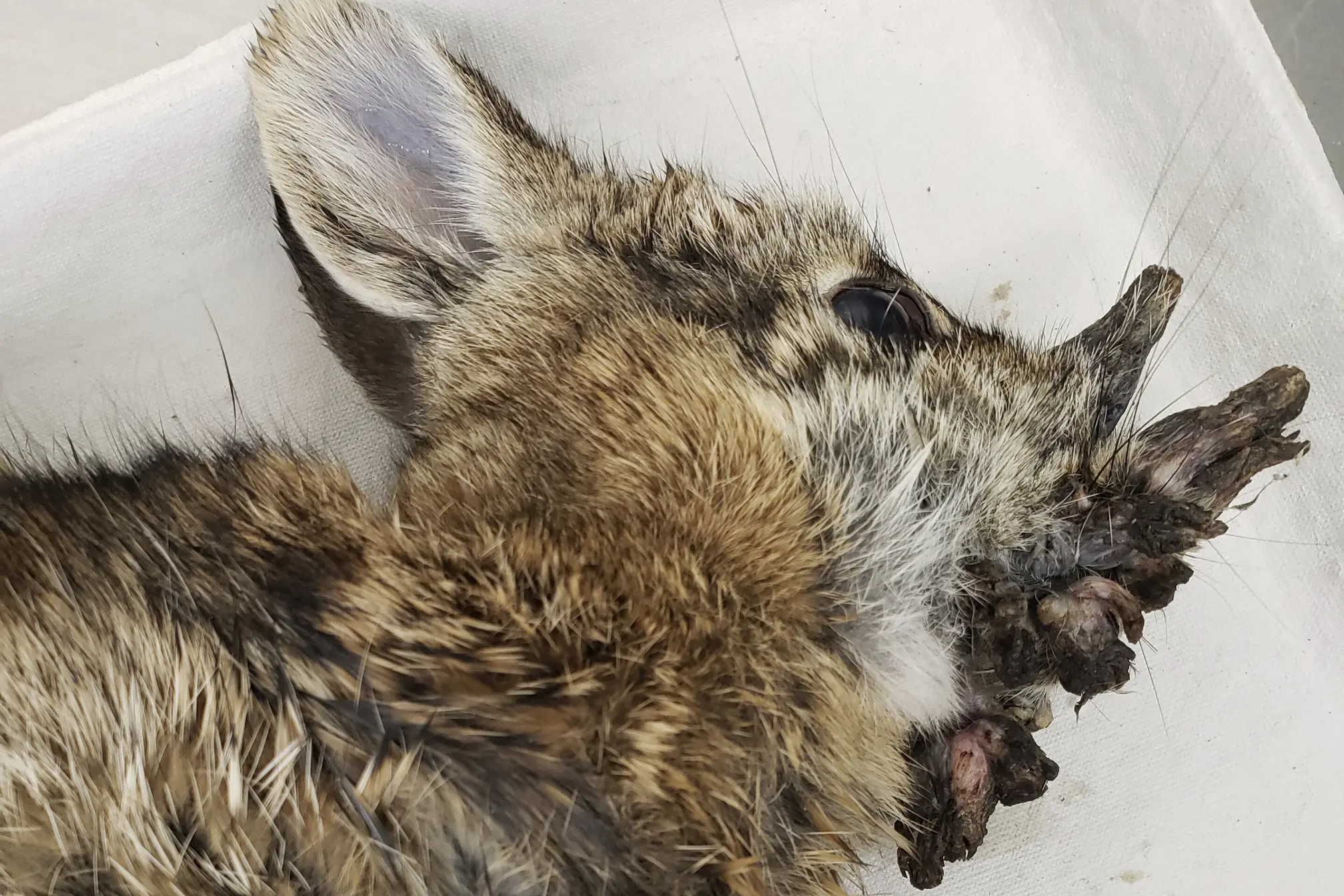
Colorado rabbits show hornlike growths linked to a common virus
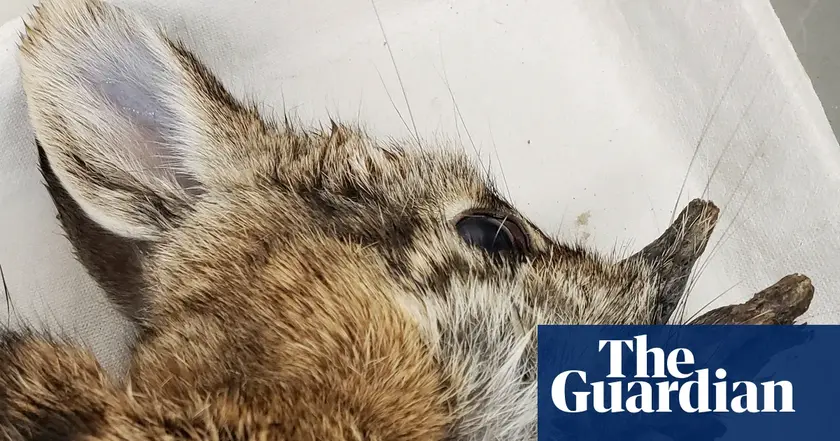
Demon rabbits not dangerous
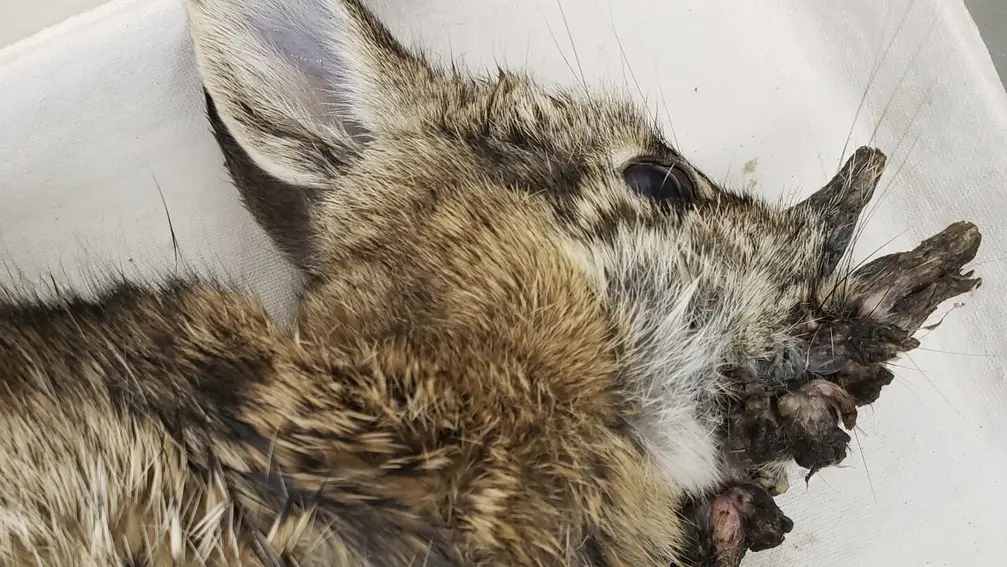
Horned rabbits in Colorado confirmed
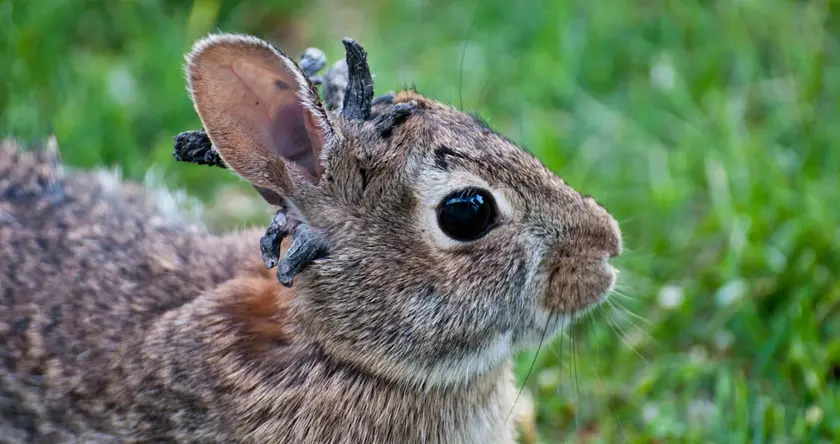
Wildlife health update from Colorado
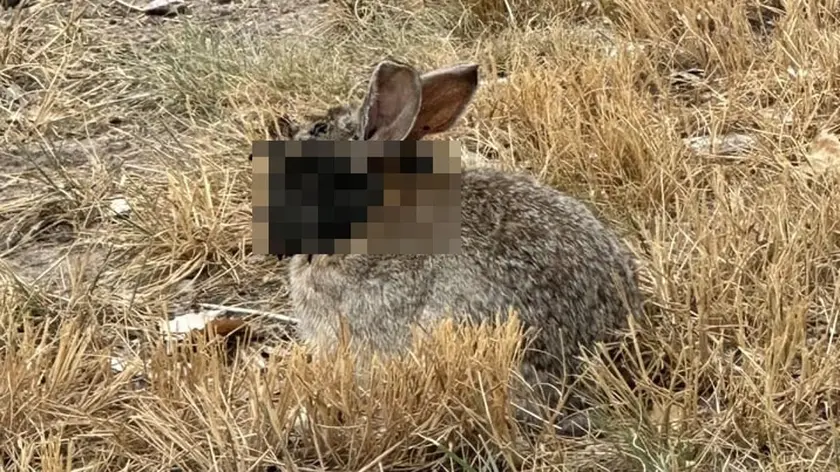
Frankenstein rabbits spotted in Colorado

Unusual rabbits in Fort Collins prompt health guidance
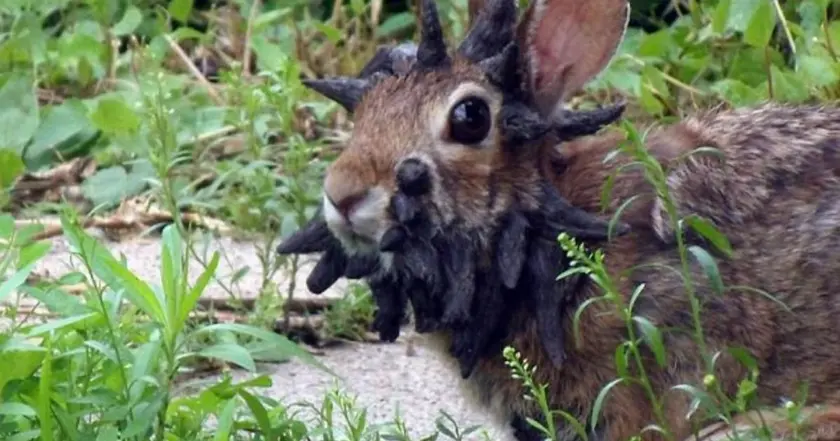
Virus turns CO rabbits into horned Frankenbunnies
